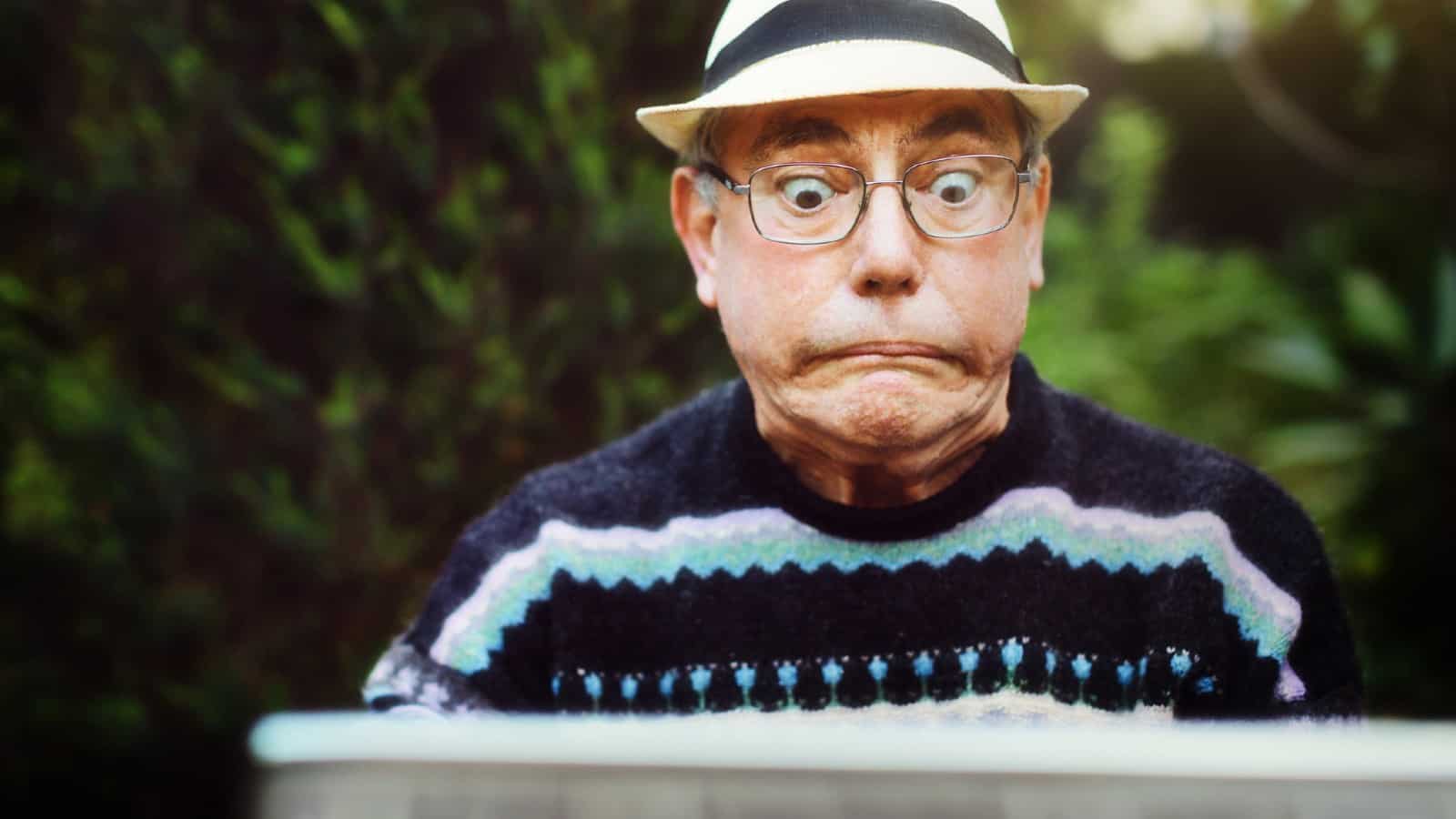The UK’s FTSE 250 hasn’t had a great start to 2024. The index is down 2.7% since 29 December and has declined 3.7% over one year. And over five years, the decline is 1.2%.
However, the above returns exclude cash dividends — the primary reason why my wife and I have bought into various FTSE 100 and FTSE 250 companies over the last 20 months.
Dividends aren’t sacred
Alas, future and undeclared dividends are not guaranteed, so companies can cut or cancel these payouts without notice. This happened repeatedly during the Covid-19 crisis.
Should you invest £1,000 in Hargreaves Lansdown right now?
When investing expert Mark Rogers has a stock tip, it can pay to listen. After all, the flagship Motley Fool Share Advisor newsletter he has run for nearly a decade has provided thousands of paying members with top stock recommendations from the UK and US markets. And right now, Mark thinks there are 6 standout stocks that investors should consider buying. Want to see if Hargreaves Lansdown made the list?
Also, most London-listed businesses don’t pay dividends to shareholders. Some may be loss-making, while others reinvest their profits to boost future growth.
Nevertheless, my family increasingly rely on share dividends for passive income. But what if this strategy goes wrong?
Hargreaves Lansdown hits a bump
My wife and I bought FTSE 250 stock Hargreaves Lansdown (LSE: HL) for its above-market dividend yield in August 2023, paying 801.5p a share.
The share price has been rocky ever since, including falling to a 52-week low of 676.4p on 25 October 2023. On 27 February, this stock closed at 753.6p, valuing the investment platform at £3.6bn. At this price, we are sitting on a paper loss of 6%.
So far, investing in Hargreaves Lansdown hasn’t been plain sailing. However, according to one hedge-fund manager who is betting against the stock, quoted in a Financial Times article, the group is “structurally challenged…it has a very high market share, but provides an inferior product and overcharges for it”.
This nameless critic then argues that fee cuts by Hargreaves Lansdown to compete more aggressively with rival providers could hit the group’s bottom line. This, together with lower interest margins on clients’ cash balances, could “herald a 70 per cent drop in earnings.” Yikes.
I’m not convinced
Of course, the above fund manager is likely ‘talking his/her own book’ by attacking a stock s/he wants to fall. Hence, I’m not convinced that this awful outcome is necessarily on the cards.
In its half-year results released on 22 February, Hargreaves Lansdown released a mixed set of figures. These included the following highlights:
1. Assets under administration up 6.1% since 30 June to a record £142.2bn
2. Net fund inflows of £1bn
3. Revenues up 5.2% to £368.2m
4. Pre-tax profits of £182.5m, down 7.6%
5. Earnings per share of 28.5p, down 13.9%
6. An interim dividend of 13.2p, up 3.9%
Meanwhile, Hargreaves Lansdown’s customer base has increased slightly to 1.82m — about 1 in 37 of the entire UK population, while its client-retention rate dipped to 91.6%.
To me, these aren’t the results of a company clearly heading for the rocks. Then again, future margin erosion would depress revenues and earnings yet further.
Nevertheless, CEO Dan Olley — in the job since August — has an uphill mountain to climb. Clients complain of high and hidden charges, IT issues, outdated mobile apps and other service issues. That’s why Olley is investing heavily in new staff and tech upgrades.
It remains to be seen whether the above fund manager or I (as a shareholder) will be proved right. But I’m happy to keep banking Hargreaves Lansdown’s 5.6% yearly dividend yield while I await developments!







